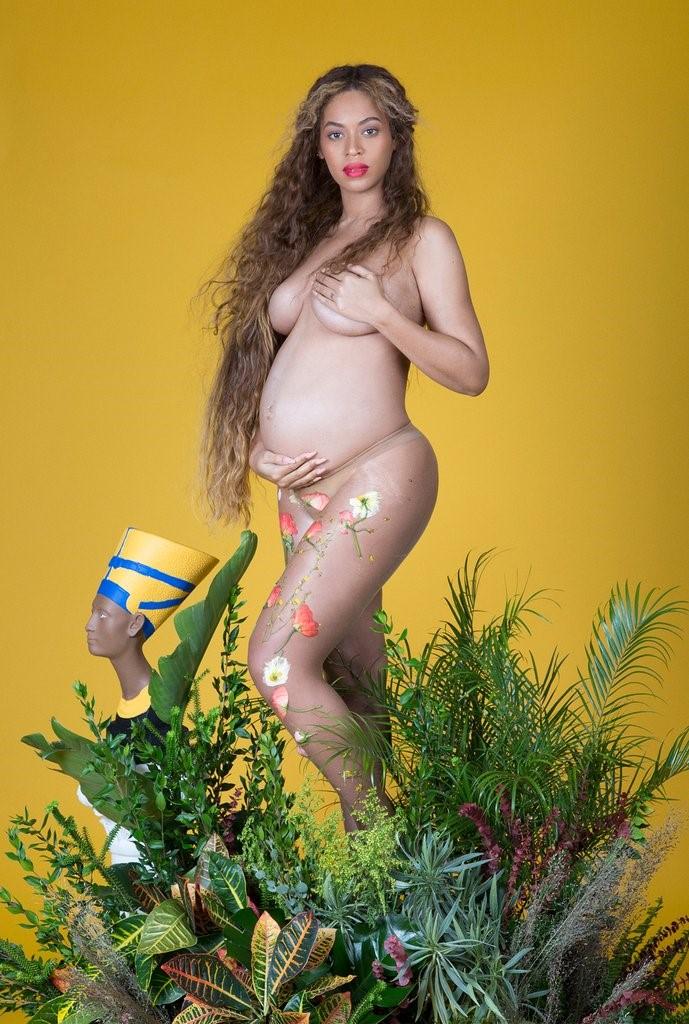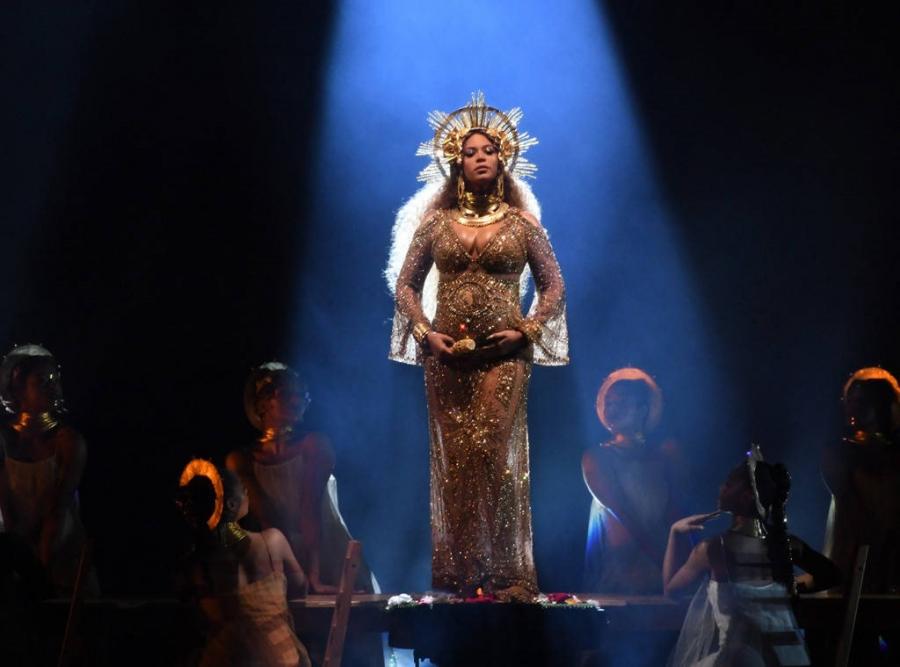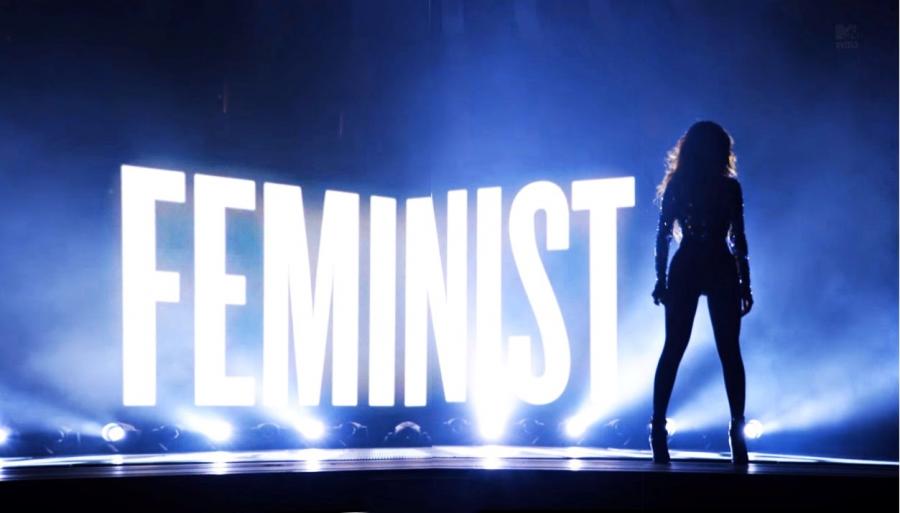
Queen mother: how Beyoncé evolved into the world’s mother
Beyoncé Knowles, one of the world's most influential female entertainers, is about to deliver her twins. The visual story of her pregnancy has culminated in the construction of her public identity as the world's mother.
These are exciting days for the Beyhive – the dedicated group of fans of American singer Beyoncé Knowles. Every day now, we are expecting news of the birth of the two babies that the self-proclaimed Queen Bey announced in February. This birth will most likely be the culmination of a new development in the public identity of Beyoncé, one of the most influential women in today’s popular culture. Over her twenty years in the public eye, we have seen Beyoncé develop from the iconic Survivor and the ultimate Single Lady, via her Naughty Girl-persona, to an empowered and Flawless feminist who calls all black females to get in Formation. Since the announcement of her second pregnancy, this public identity has taken on a new dimension that seems to be the climax of her many different persona: that of the world’s mother.
Beyoncé’s pregnancy story
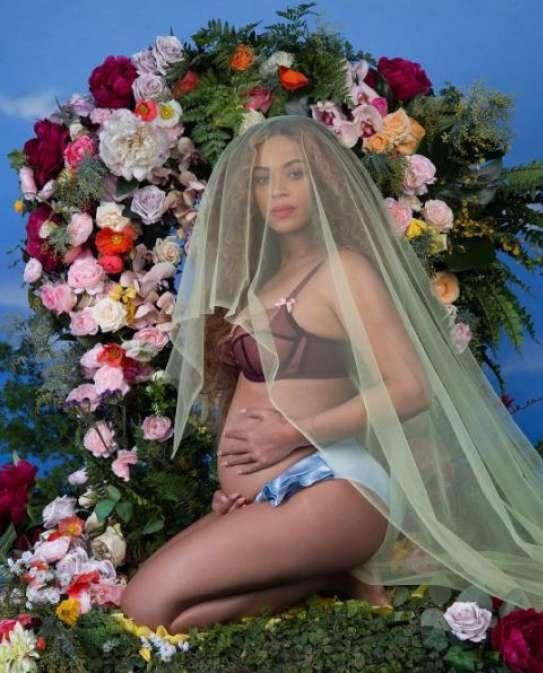
Beyoncé pregnancy announcement
It all started with that iconic moment of pop culture, when Beyoncé posted a picture of her pregnant belly on her Instagram account. This was the first of what would be a long line of images portraying her as an icon of female fertility, a goddess of natural motherhood. For it was soon noted that this picture mirrors images of the Virgin Mary: the positioning of her body, the veil, the expression of quiet serenity, the wall of flowers - they all indicate a connection with the images of Mary that are particularly popular in the Americas. In these cultures, Mary is not only understood as the mother of Christ, but as a mother to all, a universal mother that is an endless source of comfort and wisdom. By presenting this image of herself at the start of the public story of her pregnancy, Beyoncé forcefully claimed a status for her pregnancy that extended beyond her own family life. What is more, the news that she was expecting twins, seemed to indicate to fans that her fertility exceeds conventional maternity – one child was not good enough for the Queen Bey.
(Needless to say that the picture did not go unnoticed - with over 11 million likes, this image quickly became the most popular picture to ever be posted on the platform.)
Beyoncé as Botticelli's Venus
This first image was soon followed by a series of photos published on her own website in which we see Beyoncé posing in various settings and positions. In some, we see again the visual narrative of the flowers and the bright natural colors, in others, we see Beyoncé gracefully floating under water while her costumes drape around her. In all, we see her peacefully moving her pregnant body while she calls upon our collective cultural memory for some of the most recognizable images of allegorical or divine femininity. From the Virgin Mary to Botticelli’s Venus, from the Egyptian queen Nefertiti to Flora the Roman goddess of spring, Beyoncé invokes an almost universal imagery of natural motherhood and female grace.
Beyoncé's Grammys performance.
The religious connotations of her appearance became even more apparent in the last public performance she did while pregnant: her performance at the 2017 Grammys. During this show, Beyoncé chose to put her pregnancy center stage. Dressed in a golden dress replete with religious iconography, she performed poetry and two of her songs while walking over a table surrounded by her female dancers – a setting that clearly mirrored the Last Supper. While showcasing her very pregnant body, Beyoncé performed an act in which she was seated on a chair that seemed to hover in the air, thereby invoking a sense of mesmerizing, almost supernatural control.
Evolving into the world’s mother
Although these are new images of Beyoncé that seem to claim a different type of visual identity thanwhat her fans have seen from her before, there is also a clear continuation of popular features of her earlier public persona. To start with one of her earliest phases of her public identity construction: she has since long time portrayed herself as an autonomous performer, searching for independence from a restrictive male entertainment industry. Through songs like ‘Independent Women, Pt. I’, ‘Survivor’, and ‘Run the World (Girls)’, she chose visual representations that communicated her claim for female independence by respectively dressing up as one of Charlie's Angels, in a military uniform, and in various warrior outfits. During her pregnancy, this narrative is continued by insisting on the strength that her condition brings her. Her public performances portray her as a woman in full control of her body and as strong as she has ever been, her facial expression communicating a message of calm pride.
Besides insisting on her status as an autonomous artist, Beyoncé has extended her image of self-reliance to include her sexuality. In an interview with Out Magazine in 2014, she explained how this was another part of her emancipatory agenda: “There is unbelievable power in ownership, and women should own their sexuality. (…) The old lessons of submissiveness and fragility made us victims. Women are so much more than that. You can be a businesswoman, a mother, an artist, and a feminist—whatever you want to be—and still be a sexual being. It’s not mutually exclusive. A woman who would no longer apologize for her sexuality and embraces the joy it brings a woman.” In her pregnancy story, we see a continuation of this discourse. It is hard to think about pregnancy without embracing the notion of sexuality, and Beyoncé’s celebration of her condition therefore seems consistent with her insistence on accepting female sexuality. What is more, Beyoncé has done nothing to hide or apologize for her growing body. Quite the opposite, she consequently showcases her changing body in outfits that show off her belly, like the ones we have seen above.
Beyoncé the feminist
Although Beyoncé has referenced to feminist ideas throughout her career, her appropriation of the term 'feminist' began with her single ***Flawless, which includes a sample of Nigerian writer Chimamanda Ngozi Adichie's TED talk entitled ‘We Should All Be Feminists’. During her Mrs Carter tour and her performance at the 2014 MTV Video Music Awards, Beyoncé performed in front of a life-size projection of the word ‘FEMINIST’ and thereby included this concept very explicitly and very visually into her public identity. Beyoncé's take on feminism, which might perhaps be best characterized as a postfeminist perspective, celebrates the agency of women to construct their femeninity on their own terms. This femeninity is often expressed through the female body, and this agency through a process of self-monitoring control over that body. While her take on feminism has been criticized by different audiences (among them Adichie herself), Beyoncé has neither apologized for, nor backed out of explicitly adopting the term in her public story.
We can again see this search for embodied female emancipation prominently featured during her pregnancy. Besides portraying her pregnancy as a source of strength and empowerment, which we have already seen, Beyoncé choses to portray this phase of her life as strictly female-oriented. The iconography that she uses all refer to religious and cultural icons of femininity (Virgin Mary, Nefertiti, Venus, etc). What is more, in almost all of her public images, she includes only female family members and colleagues. The only other person featured in her pregnancy shoot is her daughter Blue Ivy. Blue also features frequently in the pictures posted on her Instagram account, in which the two women are often wearing matching outfits. (Her husband Jay-Z has only been featured in three family pictures on Instagram since her pregnancy announcement.) Most telling perhaps is the family picture that she used during her Grammys performance, which included only the female line of her family: by using the image of her mother Tina, Beyoncé herself and Blue Ivy, she clearly presents her pregnancy as the continuation of a female dynasty.
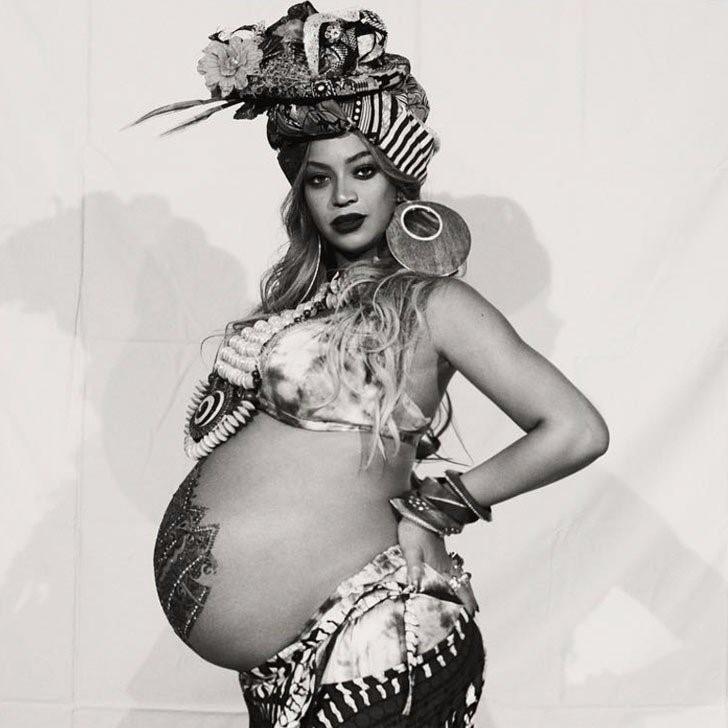
Beyoncé at her baby shower
A last important phase in the shaping of Beyoncé’s public persona was introduced when she launched the visuals for her latest album Lemonade. In this album she visually presents herself as an activist for black female empowerment by using American Southern, Voodoo and Afrofuturist utopian imagery. This dimension of her public identity is consistently present throughout the visual story of her pregnancy (the natural hair of Blue Ivy, the references to African spirituality in her under water photo shoot, the references to African goddess Oshun during her Grammys performance), but is perhaps most prominently featured in her African themed baby shower (see photo above). What is more, she kicked off the public story of her pregnancy by putting out her Instagram announcement on the first day of America’s Black History Month. Again, we recognize the idea that she is not only creating life for her own family, but rather is creating life for an entire community.
And so the many identities that Beyoncé has set out throughout her career seem to culminate in the visual story of her pregnancy: the independent, sexually empowered, black feminist has been shaped very carefully through the images that she shares with her fans. And the Beyhive waits anxiously for the next chapter of her development, with Beyoncé, Blue Ivy and the already iconic Carter Twins.
